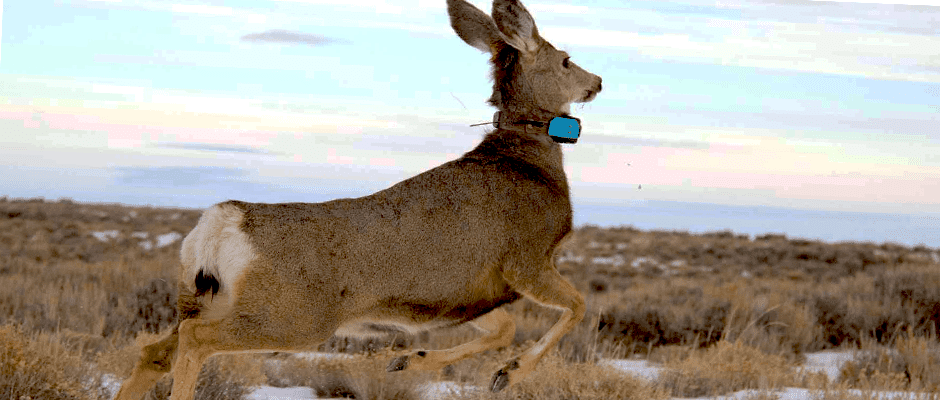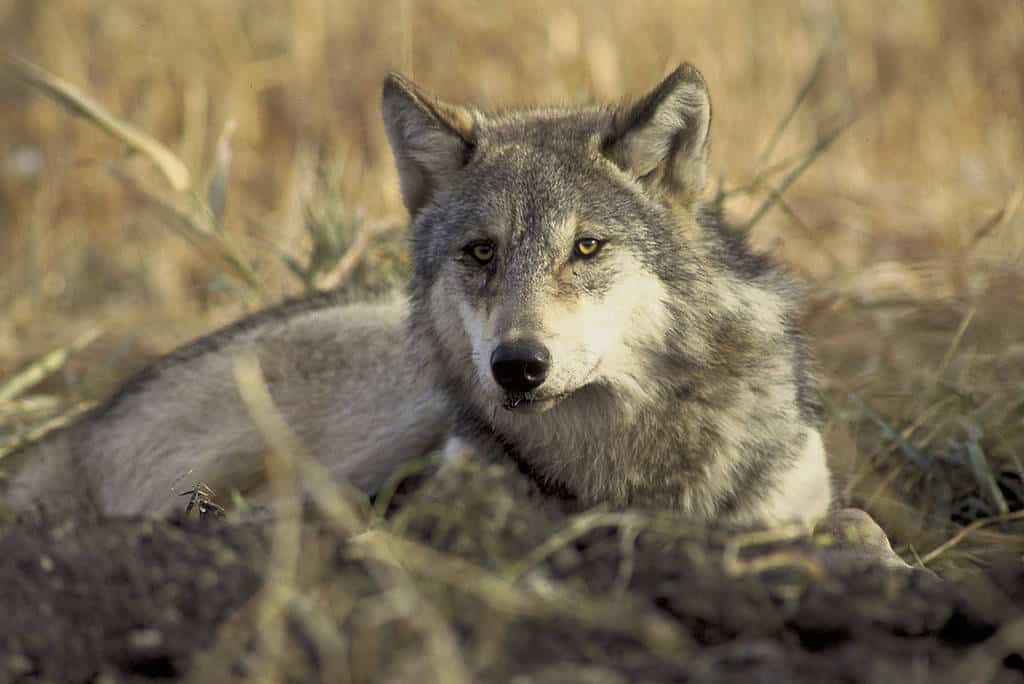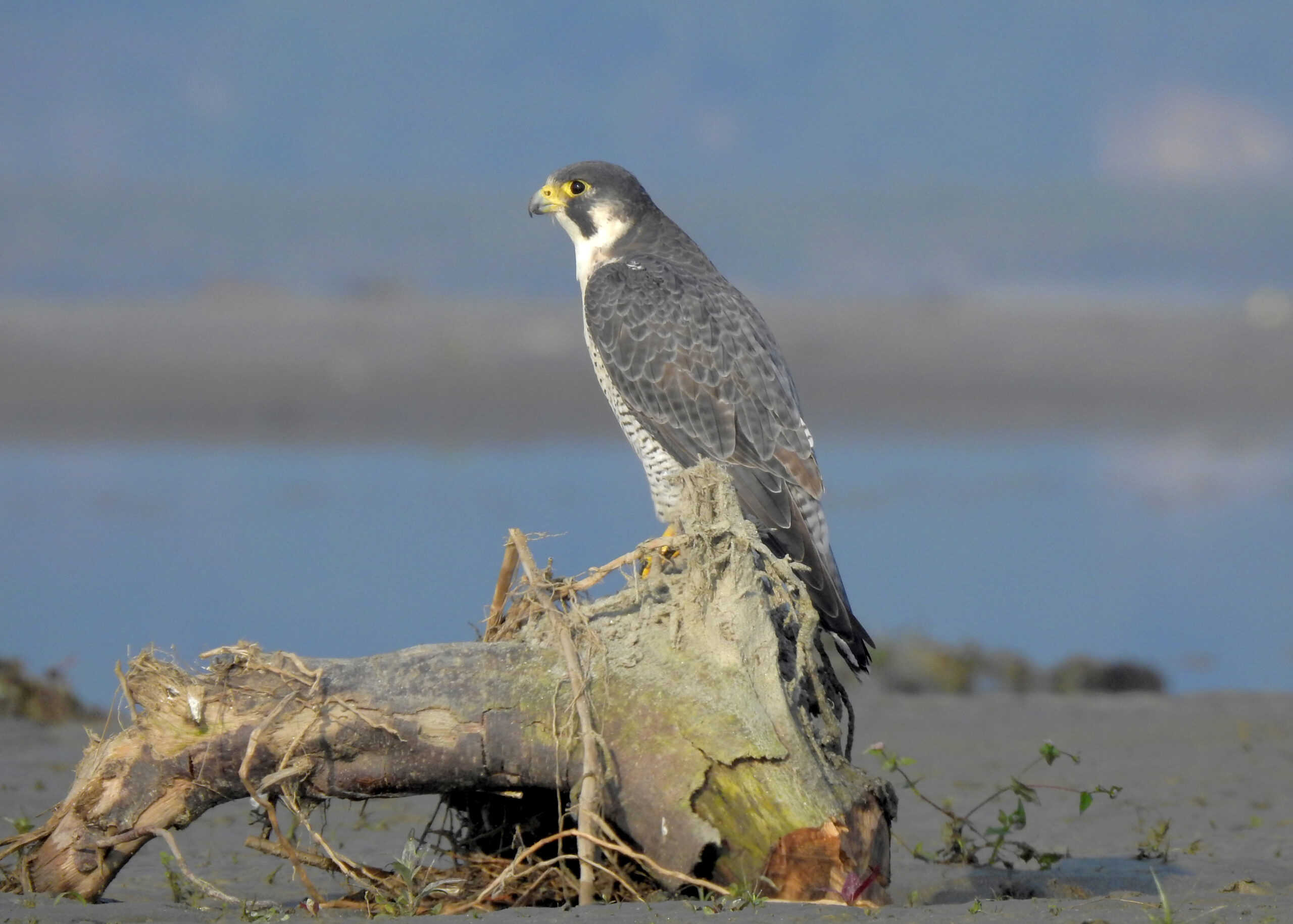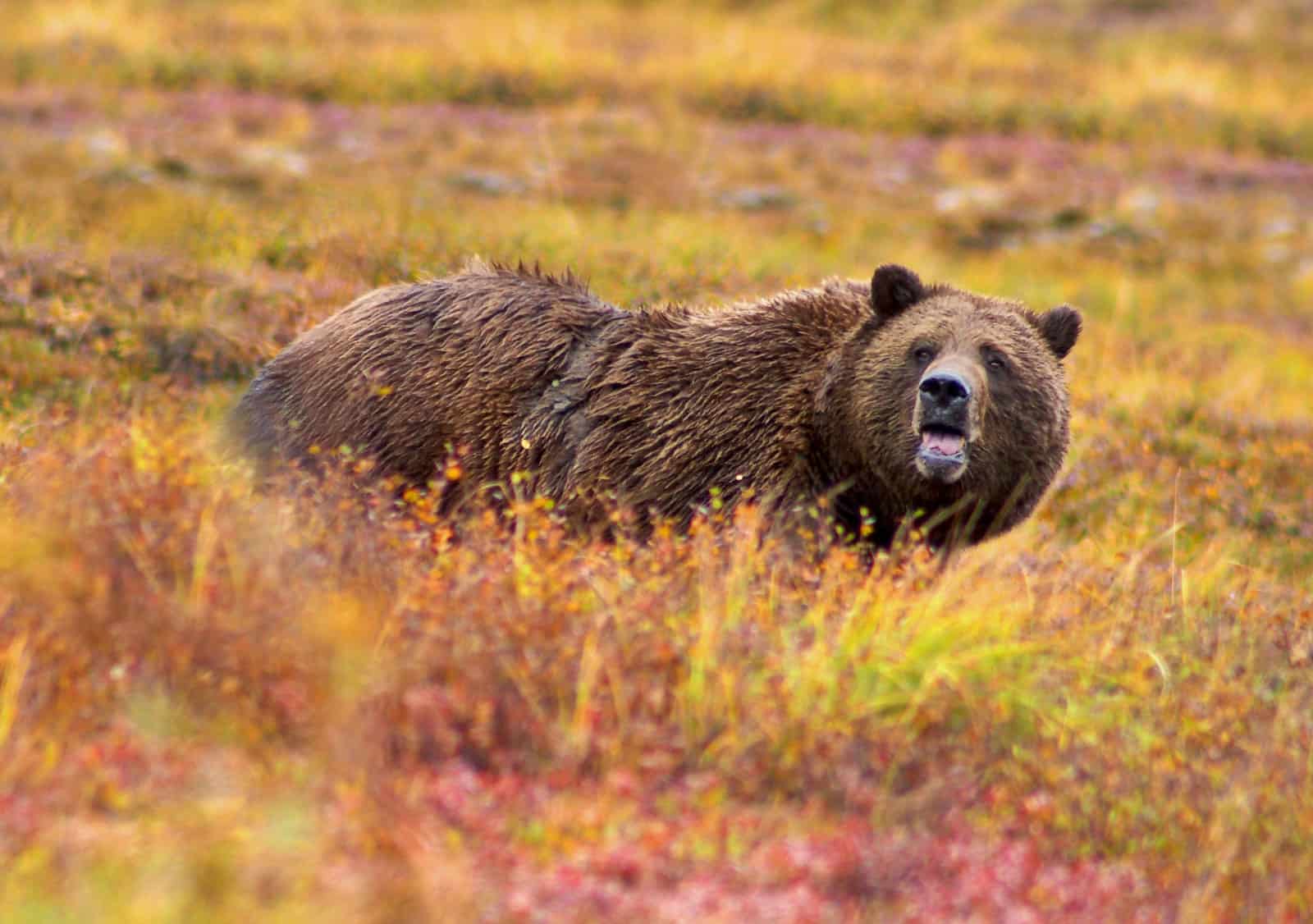Share this article
Species feeling the heat from climate change: Part 2
USGS is providing a two-part series on eight species feeling the effects of climate change. Part 1 is available here.
From forest to grassland, desert to ocean, many wildlife species are already “feeling the heat” from climate change. Scientists, supported by the eight regional Department of the Interior Climate Science Centers (CSCs) (which are managed by the USGS National Climate Change and Wildlife Science Center), are actively striving to learn more about what climate change effects on wildlife will look like, whether or not species will be able to adapt and survive, and what natural resource managers can do to help. Last week’s article highlighted the four species that provide a glimpse into how climate change is impacting wildlife across the country, and here we highlight four more.
Hawaiian ‘I‘iwi
The Hawaiian ‘I‘iwi is a native forest bird species found only in the Hawaiian Islands. Like many Hawaiian forest birds, it is listed as threatened under the Endangered Species Act. One of the major reasons for the recent decline in Hawaiian forest birds is their extreme sensitivity to avian malaria, which is spread by a species of introduced mosquito. For decades, these birds have been able to find refuge from the disease in upper mountain forests, where mosquitoes couldn’t survive the cooler temperatures. However, warmer temperatures associated with climate change are now allowing mosquitoes to move up the mountains, possibly making avian malaria inescapable. Learn more about our research >>
Wyoming Mule Deer
Herds of mule deer in Wyoming migrate each spring from low elevation winter habitat ranges to higher elevation mountain summer ranges. During migration, mule deer “surf the green wave”, following the greenest vegetation as it gradually emerges throughout the spring from low to high elevation areas. This vegetation also provides high quality food that allows deer to gain enough fat in the summer. However, drought (worsened by climate change) can change the timing and pattern of new vegetation growth and make it more difficult for migrating deer to follow the plants. Learn more about our research >>
Rio Grande Cutthroat Trout
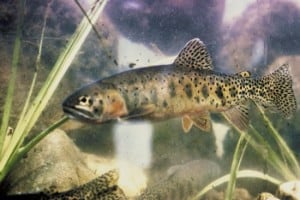
Cuttthroat Trout. ©USGS
The Rio Grande cutthroat trout is a native stream-dwelling trout species found only in the clear waterways of New Mexico and southern Colorado. (Fun fact: The cutthroat trout is the official state fish of New Mexico!) Over the years, Rio Grande cutthroat trout have lost about 85-90% of their historic habitat, mostly due to human development and competition with non-native species, like rainbow trout. The habitat that remains consists of small, separated areas. Reduced summer streamflow and drought, triggered by climate change, pose major threats to the survival of Rio Grande cutthroat trout, because they will make it even more difficult for the fish to travel between areas of suitable habitat. Learn more about our research >>
Greater Sage-Grouse

Greater sage-grouse. ©USGS
Changing temperature and precipitation patterns have favored non-native cheatgrass, allowing it to spread across much of the southwestern U.S. As cheatgrass cover has increased across the region, so has the extent and frequency of fire – by as much as 200%! In turn, fire is eliminating sagebrush and native grasses in which many native animals, including greater sage-grouse, breed and feed. As sagebrush habitat disappears over time, so may the greater sage-grouse, which depends on this habitat and lives nowhere else in the world. Learn more about our research >>
Learn more by exploring our project pages by region or searching for a specific topic or animal!
Header Image: Mule Deer. ©USGS



